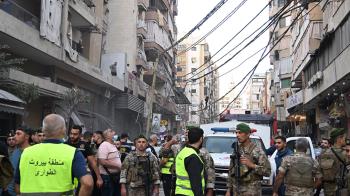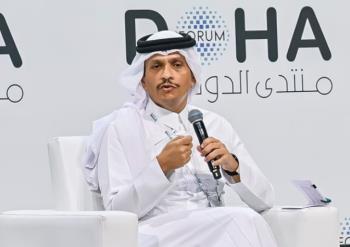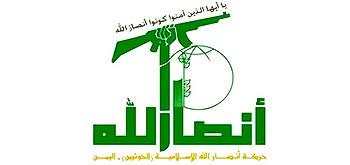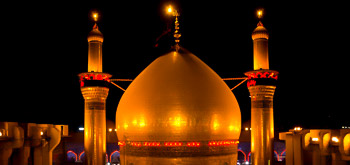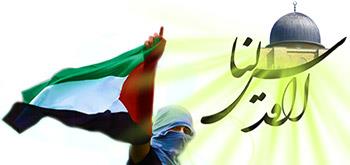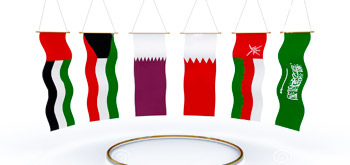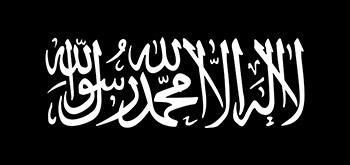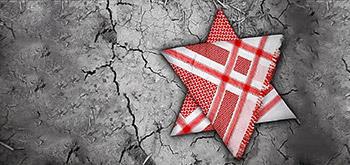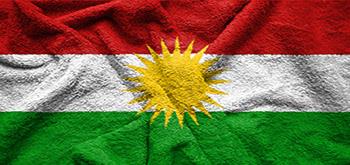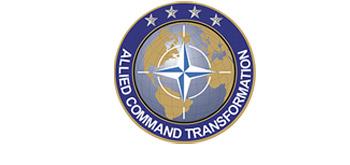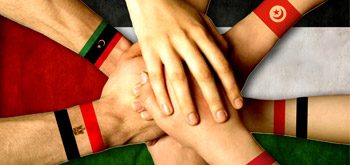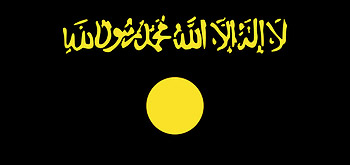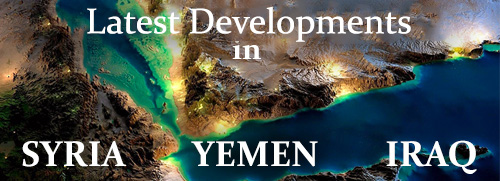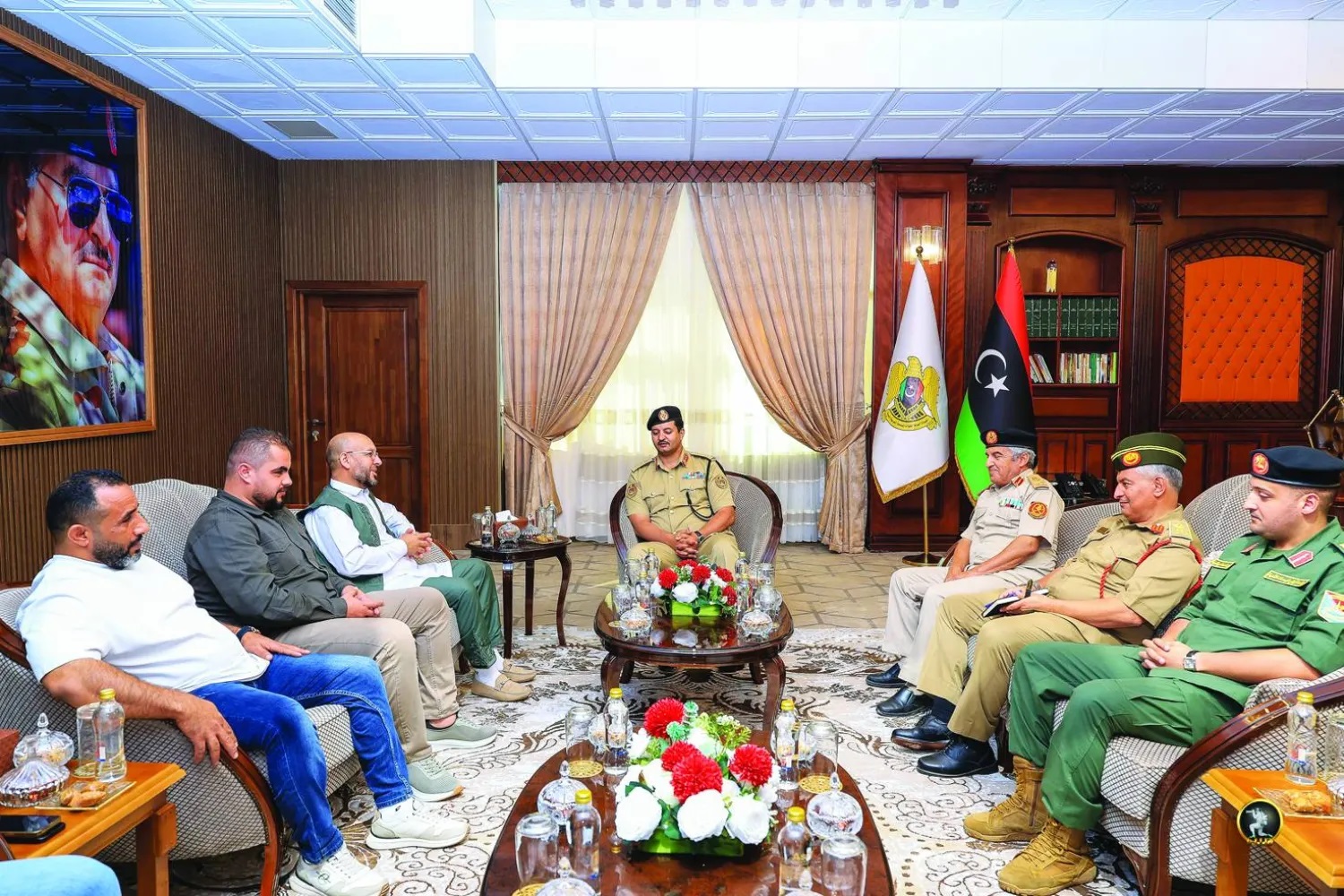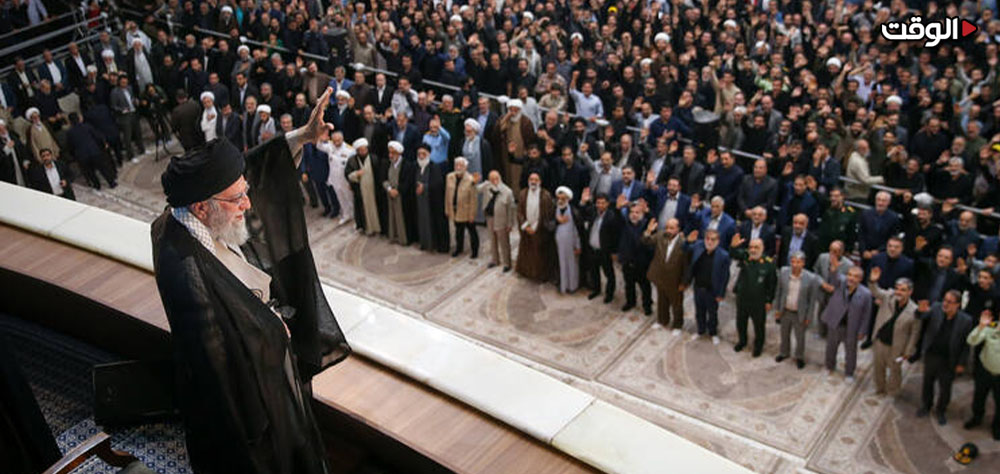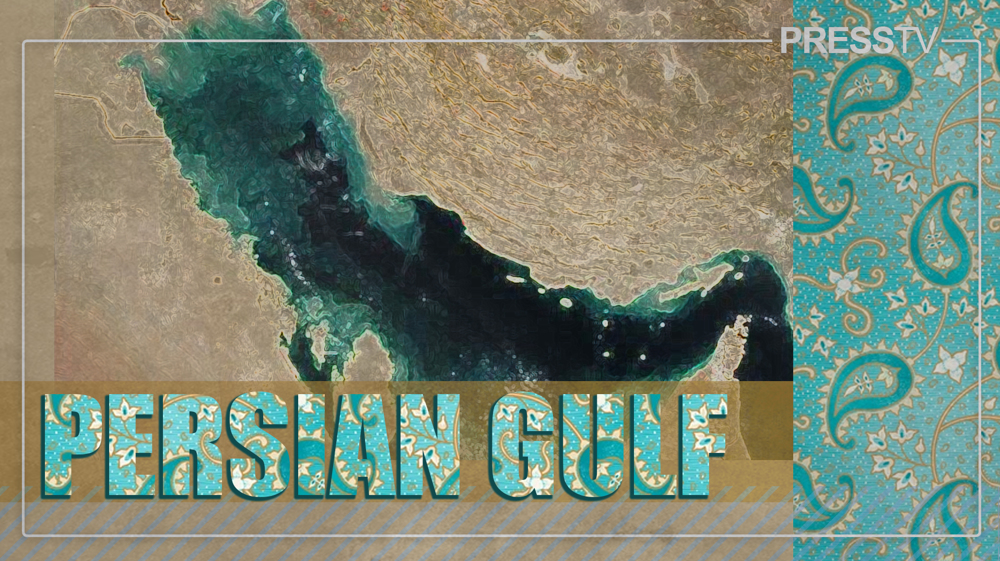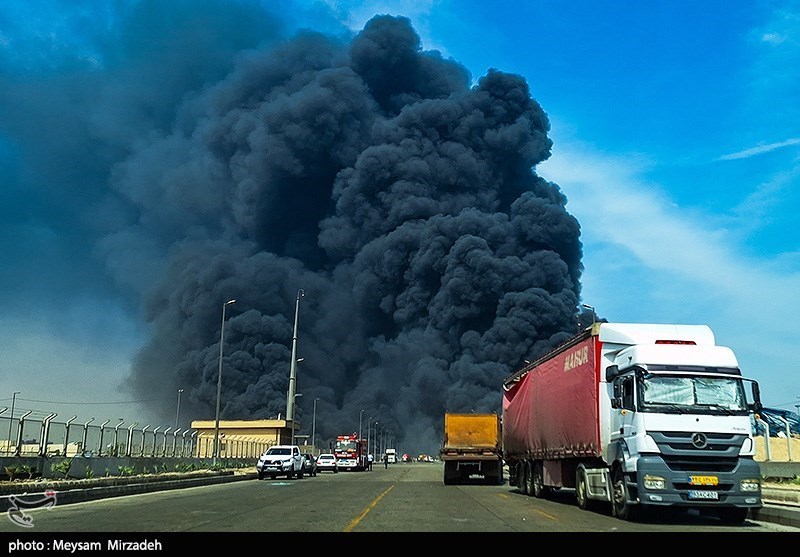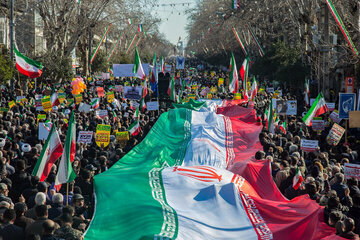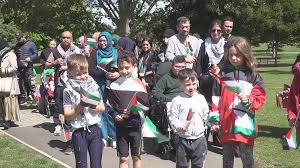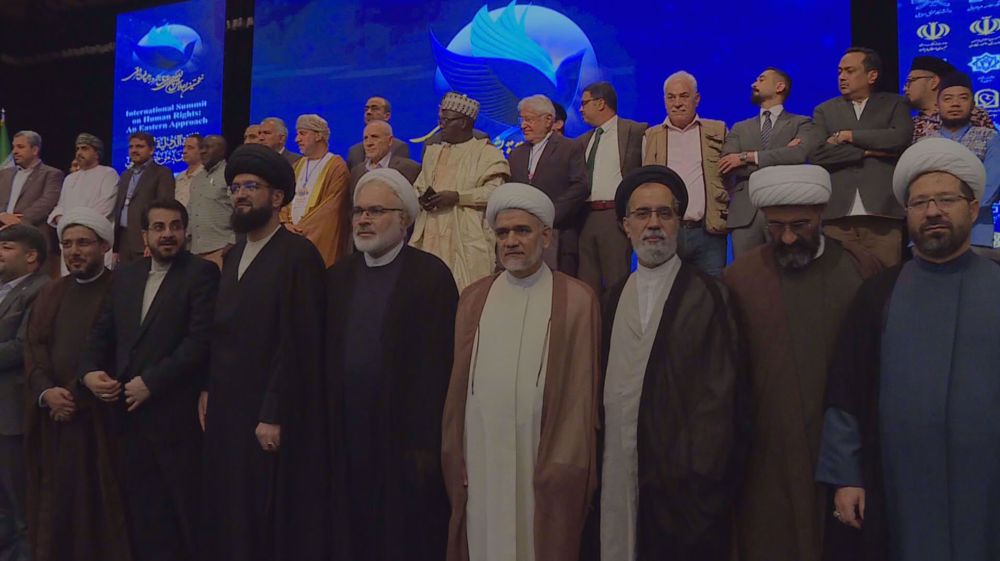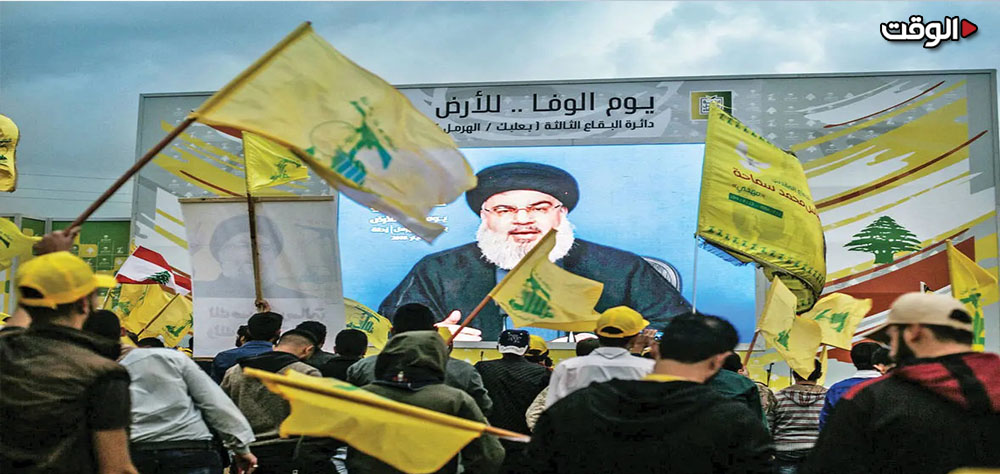Alwaght- In an unprecedented development in Libyan political and military landscape, Lieutenant General Khaled Haftar, the chief of staff of Libyan National Forces (LNA) and son of the commander of these forces General Khalifa Haftar announced an agreement with Misrata Brigades to form a "joint force" following a meeting with them in the coastal city of Sirte.
The move is the first overt meeting between the two sides since 2019 clashes and can mark a turning point in the path to unifying the military institutions and de-escalation.
Aspects of new deal
The agreement comes amid the fifth anniversary of the east-west Libya ceasefire, a deal that established the Joint Military Commission (5+5) and committed the country to disbanding all armed groups and militias nationwide.
However, the militia issue remains one of the most pressing challenges for the executive authorities in Tripoli.
During the recent talks, Khaled Haftar highlighted the urgent need to take "practical steps toward unifying the military institution." Major General Khaled Al-Mahjoub announced that the deal will create a joint force to combat terrorism and illegal migration.
In a significant show of international engagement, this new force is slated to participate in Exercise Flintlock 2026. The US Africa Command (AFRICOM) exercise is scheduled for the first quarter of next year in Sirte, aiming to boost coordination between eastern and western Libyan forces.
Variety and distribution of militias
Since the fall of Muammar Gaddafi in 2011, Libya has witnessed rise of tens of militant groups, many of whom officially or unofficially worked under the auspices of various governments. The LNA, led by Khalifa Haftar, has been based on the east fighting the National Salvation Government and then Government of National Unity (GNU) in the west. The 2019 bloody clashes marked the peak of these hostilities, when Misrata Brigades played a key role in warding off an attack on the LNA.
At present, leading forces are:
The Libyan National Army (LNA): Commanded by Khalifa Haftar,the LNA is based in eastern Libya. This force maintains a more formal military structure and receives backing from foreign powers, including Russia, the UAE, and Egypt.
Forces Affiliated GNU: Operating from western Libya, particularly in Tripoli and Misrata, these forces consist of a coalition of local armed groups. While they are officially aligned with the GNU, many of these units retain significant operational independence.
444th Combat Brigade: One of the most powerful armed groups in Tripoli, the 444th Combat Brigade was established in 2021 by Mahmoud Hamza, a prominent commander from the Special Deterrence Force. It has consolidated power by controlling key military sites, including the Yarmouk Camp and the Tripoli Military Zone headquarters, and has extended its influence over southwestern neighborhoods such as Ain Zara, Al-Faranj, Salah al-Din, and Qasr bin Ghashir.
Special Deterrence Force (SDF): Under the command of Abdul Raouf Kara, this group wields substantial influence in the capital. It controls several detention facilities and has repeatedly faced accusations of human rights abuses.
Stability Support Authority (SSA): Formerly led by Abd al-Ghani al-Kikli (known as Ghniwa), who was assassinated in the internal clashes of May 2025, command of the SSA has now passed to Abuzriba.
Misrata Brigades: This is a coalition of armed groups from the city of Misrata. Historically operating under the former Government of National Accord, these brigades have recently engaged in talks with the LNA to form a joint force.
Record of recent clashes
Armed conflict persisted in Libya throughout 2025, primarily concentrated in the country's western regions. Most important cases are as follows:
Tripoli (May 2025): The capital witnessed intense urban warfare following the assassination of Abd al-Ghani al-Kikli(Ghniwa) at an official meeting. Fierce clashes erupted between the 444th Combat Brigade and the Special Deterrence Force, plunging the city into chaos. The fighting resulted in dozens of casualties and widespread panic among civilians.
Misrata (October 2025): In a stark display of internal fragmentation, two factions officially loyal to the Government of National Unity (GNU)—the Joint Operations Force and the 24th Infantry Battalion—turned their weapons on each other. The violence was triggered by the detention of a militia member and rapidly escalated into heavy weapons fire. The clashes had immediate and severe consequences: 11 civilians were wounded, and Misrata International Airport was forced to suspend all operations. This event was historically significant, marking the first time since ouster of Gaddafi in that Libya's third-largest city became a battleground for inter-militia warfare. Located 200 km east of Tripoli, Misrata is a stronghold for some of the country's most powerful armed militias, which have been key in supporting Prime Minister Dbeibah against rivals like Abdul Raouf Kara's Special Deterrence Force.
Zawiya and Sabha (August 27, 2025): The coastal city of Zawiya reignited as a Flashpoint on August 27, with rival militias battling with heavy weapons in residential neighborhoods. The clashes caused significant civilian casualties and property damage. These sporadic but violent confrontations among local armed groups are typically driven by struggles over control of oil resources, smuggling routes, and strategic territory. The fighting was only quelled after the intervention of the Presidential Council and state security forces.
Reactions and challenges
Despite the significance of this agreement, the reactions from the institutions of the GNU have been cautious and even negative. The GNU's Counter-terror Service dismissed the "rumers" of participating in the Sirte meeting. This stance indicates a deep gap among the Libyan security institutions and efforts by the LNA to form unity.
Meanwhile, the recent clashes in Misrata expose a deeper crisis of parallel command structures and the absence of centralized control over armed groups, sparking a wave of criticism directed at the GNU.
Reports from human rights organizations paint a grim picture of this failure to rein in militias. According to these reports, arbitrary arrests, extrajudicial executions, and enforced disappearances remain widespread. Between March 2024 and September 2025, at least 20 detainees are believed to have died in custody for political reasons. Accountability remains elusive as judicial institutions grapple with political interference and fear of retaliation.
Amidst the political and military fragmentation in Tripoli, the governance vacuum is deepening, creating breeding ground for the reorganization of takfiri groups like ISIS. Recent arrests of ISIS elements and the group's resurgent propaganda demonstrate that Libya continues to serve a persistent role as a hub for ISIS's logistical and ideological operations.
Conclusion
The multiplicity of militias and the absence of central control over them marks one of the most important barriers ahead of stability and sustainable security in this North African country. Recent clashes show that even within the framework of the GNU, there is no coordination of the security forces. This situation not only jeopardizes the security of civilians, but also risks collapse of political agreements and the efforts for military unification.
Though a key step in unifying military forces, Khaled Haftar's agreement with Misrata Brigades faces serious challenges given the security crises, parallel activities of armed groups, and distrust among the east and west Libya institutions. For the country to reach a sustainable stability, structural reforms, disarmament of unofficial militias, and international oversight of military integration look crucial.

